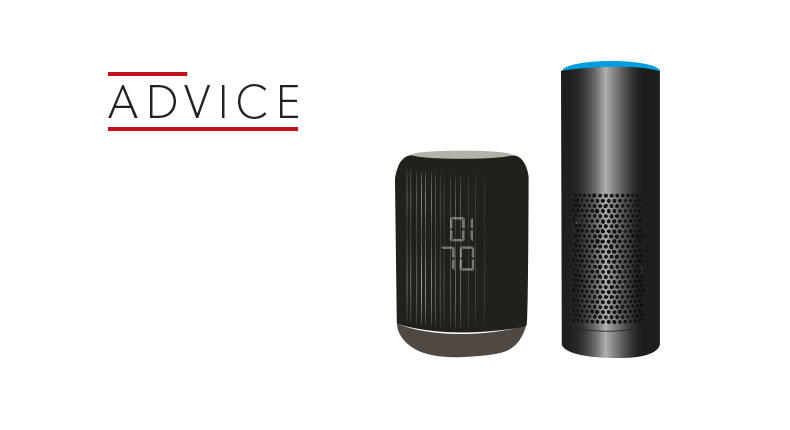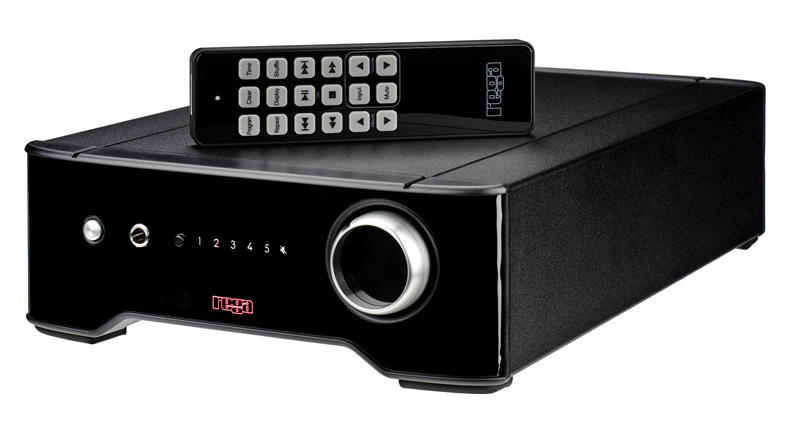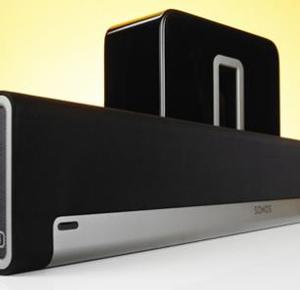20 years ago a home multi-room system would have meant a lot of wires (albeit nicely hidden, no doubt) and a fair chunk of cash. High-end custom installers can still offer a top-notch no-stress system, but a more simple, wireless solution is now within the reach of all of us.
Whether you want to start a new music system from scratch or upgrade an existing hi-fi set-up, multi-room means adding one or more (more than one, really...) wireless speakers or wireless devices to your home. These then communicate with each other and can be controlled via an app on your phone, tablet or computer. And now even by your voice. You can then create different rooms of music and either play the same track in unison, or play different music in different rooms.
You can stream music from services such as Apple Music, Spotify and Tidal (provided you have subscriptions to each), play your own music from a network-attached storage device (NAS) or computer, or stream music straight from your phone.
Brands such as Sonos, Pure and Yamaha were some of the first on the multi-room scene, but have since been joined by - well, everyone, with systems from brands as ubiquitous as Bose, Denon, LG, Panasonic, Samsung and Sony, and most recently, the emergence of tech kingpins Amazon, Apple and Google.














